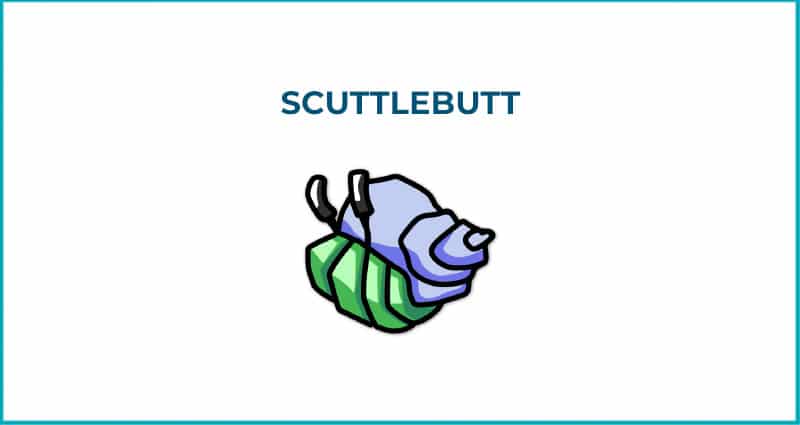
Scuttlebutt
For What
The intimate reasons for Scuttlebutt’s emergence stem from reasons such as the founder (Dominic Tarr) wanting to communicate with his friends while on a sailboat. The reasons resonated with non-sailboat owners for a multitude of other values and purposes. Owning ones own data. A network architecture that is un-censorable. Data routing, replicating data transfers between people, social gossip. Lower energy consumption. A protocol without preference for how it’s routed, offline or online.
THE REACH
For these reasons and more, the network grew to around 20,000 nodes, and unfortunately also 15 giga bytes of local-data for some of the super-users.
The lack of scalability led to rethinking the designs of Scuttlebutt (and what is now called) P4P-protocols in general with many projects emerging as part of this conundrum, such as Earthstar, Willow and P2Panda.
THE MILESTONES
The NGI Scuttlebutt project was one of the efforts to find an alternate path, and led to the development of Partial Replication, Rooms 2.0 for peer-to-peer connections, a faster indexing system, SSB-DB2, and several specifications, such as fusion identity which was formally proven secure. For a full overview see the github.
The most active implementation of SSB today, including developments during NGI,is Āhau, a data-sovereignty platform for Māori, the indigenous of Aoteroa (New Zealand).








